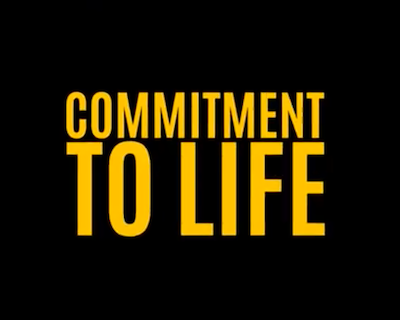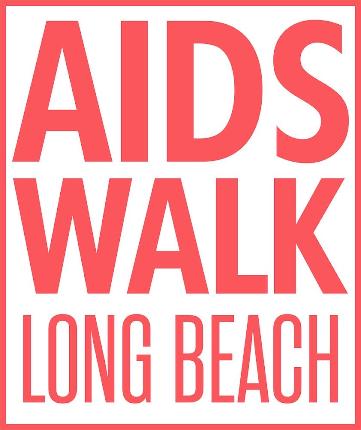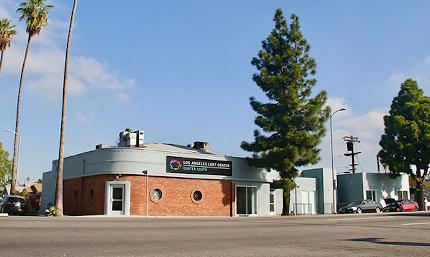Education is key to navigating controversial topics. They might be something like LGBTQ pregnancy or homosexuality in high school. With the right education and knowledge, we can better understand why certain issues are so divisive and how to approach these conversations in a constructive manner. Education helps us think critically about our beliefs and consider both sides of any issue before making an informed decision. It also allows us to recognize bias from all angles, which is essential when diving into a controversial topic, such as abortion and “how does homosexuality affect society?”
Abortion and LGBT issues in modern education
Modern school education must cover abortion and LGBT rights issues for a few important reasons. Firstly, these are topics that affect people of all ages, genders, sexual orientations, backgrounds and beliefs. It is essential to teach students about them in order to create an inclusive environment where everyone can feel comfortable discussing their own opinions without fear of judgement or stigma.
Secondly, these topics are incredibly important for individuals to understand so that they can make informed decisions about their own lives. Knowing the potential implications of abortion or coming out as LGBT can help people navigate difficult situations with understanding and confidence.
Finally, educating students on these issues also serves to promote acceptance and tolerance in society. You can read more about related issues in an abortion essay sample provided by academic experts. Luckily, there are a lot of free resources with abortion essays examples where you can read on LGBT planned parenthood, California law about abortion. etc. Plus, you can learn how to start an essay about abortion if you were assigned it.
Abortion and LGBT rights issues
Abortion and LGBT rights are two of the most contentious issues in today’s society. On the one hand, there is a strong contingent of people who believe that life begins at conception, making abortion a moral issue. On the other hand, many others argue that women have the right to control their own bodies and decide whether or not to terminate a pregnancy.
The history of abortion rights has evolved over time. Various cultural norms and religious beliefs influenced laws on the practice. In ancient cultures, abortion was often practiced and seen as a necessary solution to unwanted pregnancies. By the 19th century, most Western countries had made abortion illegal.
And what about LGBT rights? In some countries such as South Africa and Belgium, same-sex marriage has been legal since 1996 and 2003 respectively. In contrast, many other nations still deny basic human rights to their LGBT citizens, such as the right to marry or even express their sexuality freely.
In countries such as Russia, Nigeria, and Uganda, homosexuality is still illegal and punishable by law. In some cases this can even lead to imprisonment or death. The trials that LGBT individuals face in these countries are extreme and unjust. What’s more, local society and culture influence education in a negative way.
There has been a rising tide of activists in recent years demanding equality for the LGBT community. The public has been made aware of these problems through:
- social media campaigns
- rallies
- other forms of outreach.
As a result, several governments have taken action. For example, 26 countries around the world now recognize same-sex marriage.
Combating Misinformation
Unreliable sources can lead to confusion and misunderstanding of the stories we hear, as well as be used to manipulate public opinion. For this reason, it is important to always double-check the sources of any information you encounter. This includes:
- websites
- social media posts
- newspapers
- magazines
- television programmes.
Examples of misinformation surrounding abortion and LGBT rights
Misinformation can range from subtle inaccuracies to outright lies. When it comes to abortion and LGBT rights, examples of misinformation often include:
- false claims about the safety of abortions
- myths about the morality of same-sex relationships
- exaggerations regarding transgender people’s access to healthcare services.
One example of misinformation is the false claim that legal abortion is a danger to women’s health. In reality, abortions performed in facilities with regulated doctors and proper protocols are safe for patients. Yet this myth persists in certain anti-choice circles. It not only misleads people who are considering an abortion but also serves as an effective tool to discourage individuals from exercising their reproductive rights.
Another example involves misconceptions about same-sex relationships. While some religious and conservative communities still oppose same-sex relationships, there is no scientific evidence that suggests such relationships are any more immoral or unhealthy than heterosexual ones. However, this misinformation continues to be propagated in certain circles as if it were fact.
Finally, transgender people often face inaccurate and damaging stereotypes. Inaccurate ideas about the safety of gender transitioning surgeries can lead to fearmongering and discrimination. It is important to recognize these false narratives so they can be countered with accurate information.
Misinformation surrounding abortion and LGBT rights has serious consequences. It can lead people to make uninformed decisions based on false information. It can also fuel prejudice and discrimination against those who are already marginalized. By recognizing these myths and confronting them with facts, we can work to create a more informed and equitable society for everyone.
Tips for identifying misinformation
It’s no secret that the internet is full of misinformation, and sifting through it all can be a daunting task. But with a few simple tips, you can easily spot fake news stories and other forms of inaccurate information.
First, check the source! Make sure the story comes from a reputable and credible outlet. Is the source a reliable newspaper or news website? Or is it an individual’s blog? When it comes to complex topics, make sure the source has expertise in that field and doesn’t have any obvious political or ideological agendas.
Second, look for facts and evidence. Do the claims appear to be backed up by research or data? Are there sources cited? Or is the author making sweeping generalizations and unsubstantiated claims? And if you do come across a story with questionable evidence, double-check its accuracy, How? Look for other sources that confirm the facts.
Finally, examine the language used in the article. Is it full of sensationalist headlines and emotionally charged words? Does it contain factual errors or logical fallacies? If so, the story is likely to be biased and unreliable.
By following these steps, you can get a better understanding of whether the information you’re seeing is true or false.






















